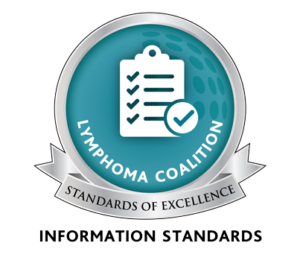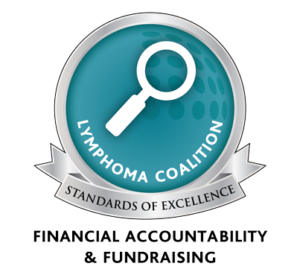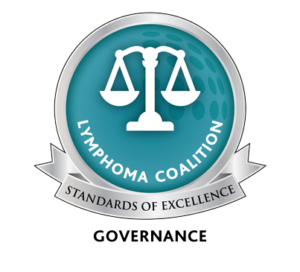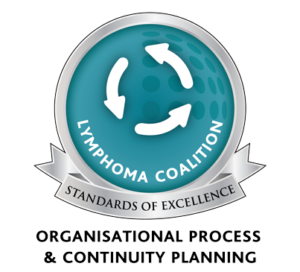The absence of a concerted national effort to reduce wait times is undermining progress on addressing the time lags endured by Canadians needing medical care, warns the Wait Time Alliance (WTA).
Report Card on Wait Times in Canada Shows Longer Waits for Patients
Ottawa, June 19, 2012 – The absence of a concerted national effort to reduce wait times is undermining progress on addressing the time lags endured by Canadians needing medical care, warns the Wait Time Alliance (WTA).
“After making progress in recent years, at least against government benchmarks, it now appears some provinces are being left behind in the battle to reduce the time patients wait for health care,” said Dr. Chris Simpson, a cardiologist in Kingston, Ont., and chair of the WTA. “There should be no ‘have not’ patients in Canada.”
The 2012 WTA report card, entitled “Shedding Light on Canadians’ Total Wait for Care,” gives Canadians a picture of how long they have to wait to access a broad range of medical procedures and services. You can download the entire report here.
In a reversal from past years, the 2012 Report Card shows a decline in performance for patients receiving care in the five areas identified as priorities by federal, provincial and territorial governments under the 2004 Health Accord.
The Report Card also highlights the total wait that patients can face to receive care. Most efforts to date in Canada have been directed at improving the wait between the specialist consultation and the start of treatment. But many Canadians are also waiting to see their family physician; obtain medical tests; and be seen by a specialist.
“Waiting for specialist treatment is really just the tip of the iceberg, and when you add up all of the waiting periods endured by patients, the total wait for care can be very lengthy,” said Dr. Simpson.
The Report Card also found that while provinces are increasing the number of procedures for which they publicly report wait times, there remains little reporting on most of the procedures identified as priorities by the WTA.
“The WTA is pleased that some provinces are expanding the scope and breadth of their monitoring and reporting, but there is much more work to do,” added Dr. Simpson. “There remains a disturbing dearth of wait time reporting on a wide variety of health care services.”
The 2012 WTA Report Card reaffirmed the 2011 finding that alternate-levels-of-care patients – those in hospital who should ideally be receiving care elsewhere – threaten to overwhelm the health care system. The establishment of a national dementia strategy is critical to addressing the rising tide of patients with Alzheimer’s disease and other dementia-related conditions, many of whom end up in emergency departments and subsequently admitted to hospital. These admissions are often preventable.
The Wait Time Alliance (WTA) is a partnership comprised of the Canadian Anesthesiologists’ Society, the Canadian Association of Emergency Physicians, the Canadian Association of Gastroenterology, the Canadian Association of Nuclear Medicine, the Canadian Association of Paediatric Surgeons, the Canadian Association of Radiation Oncology, the Canadian Association of Radiologists, the Canadian Cardiovascular Society, the Canadian Medical Association, the Canadian Ophthalmological Society, the Canadian Orthopaedic Association, the Canadian Psychiatric Association, the Canadian Society of Plastic Surgeons and the Society of Obstetricians and Gynaecologists of Canada.
For more information:
Lucie Boileau, Canadian Medical Association
Telephone : 613-731-8610 / 800-663-7336 ext. 1266
Cell.: 613 447-0866 / lucie.boileau@cma.ca






